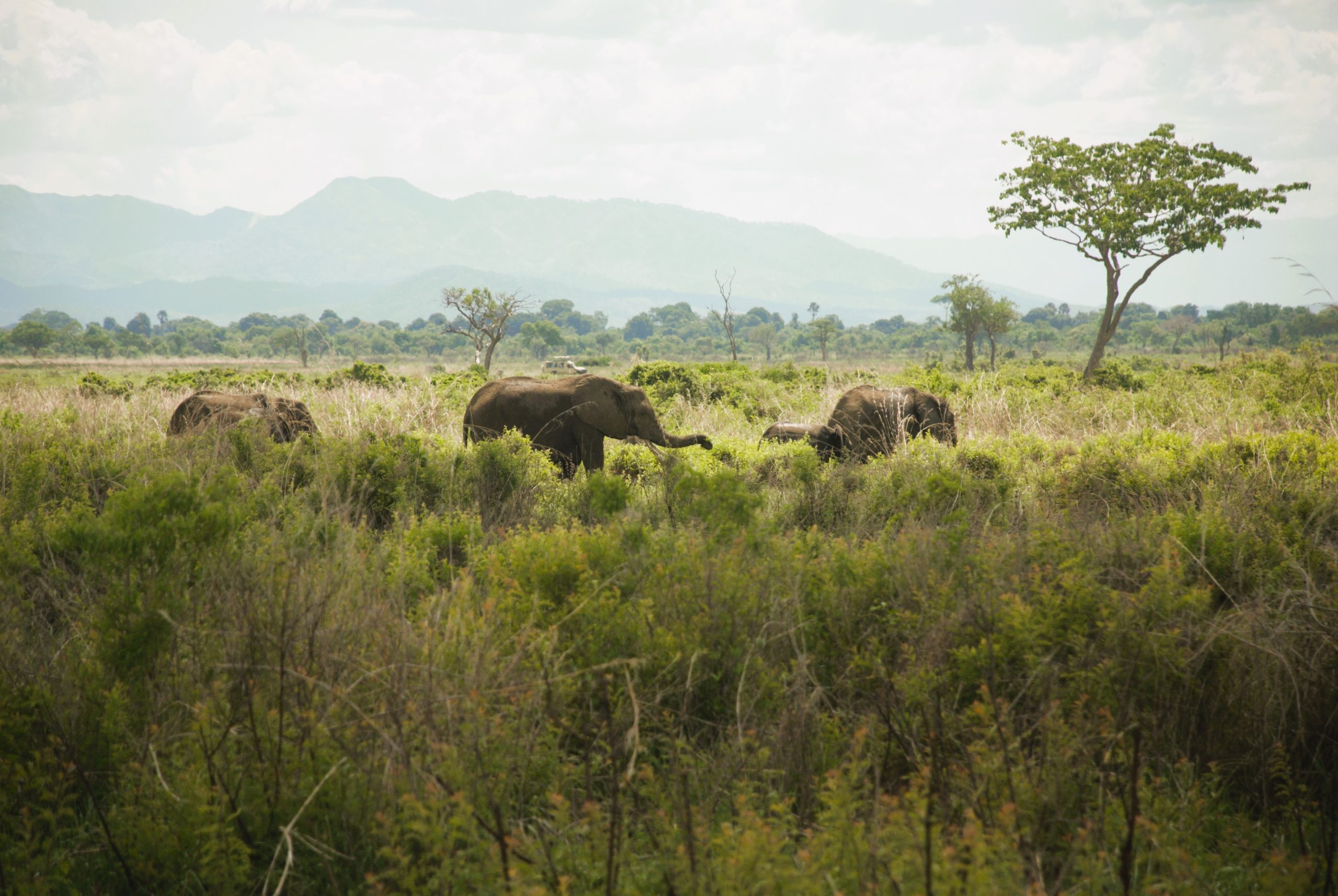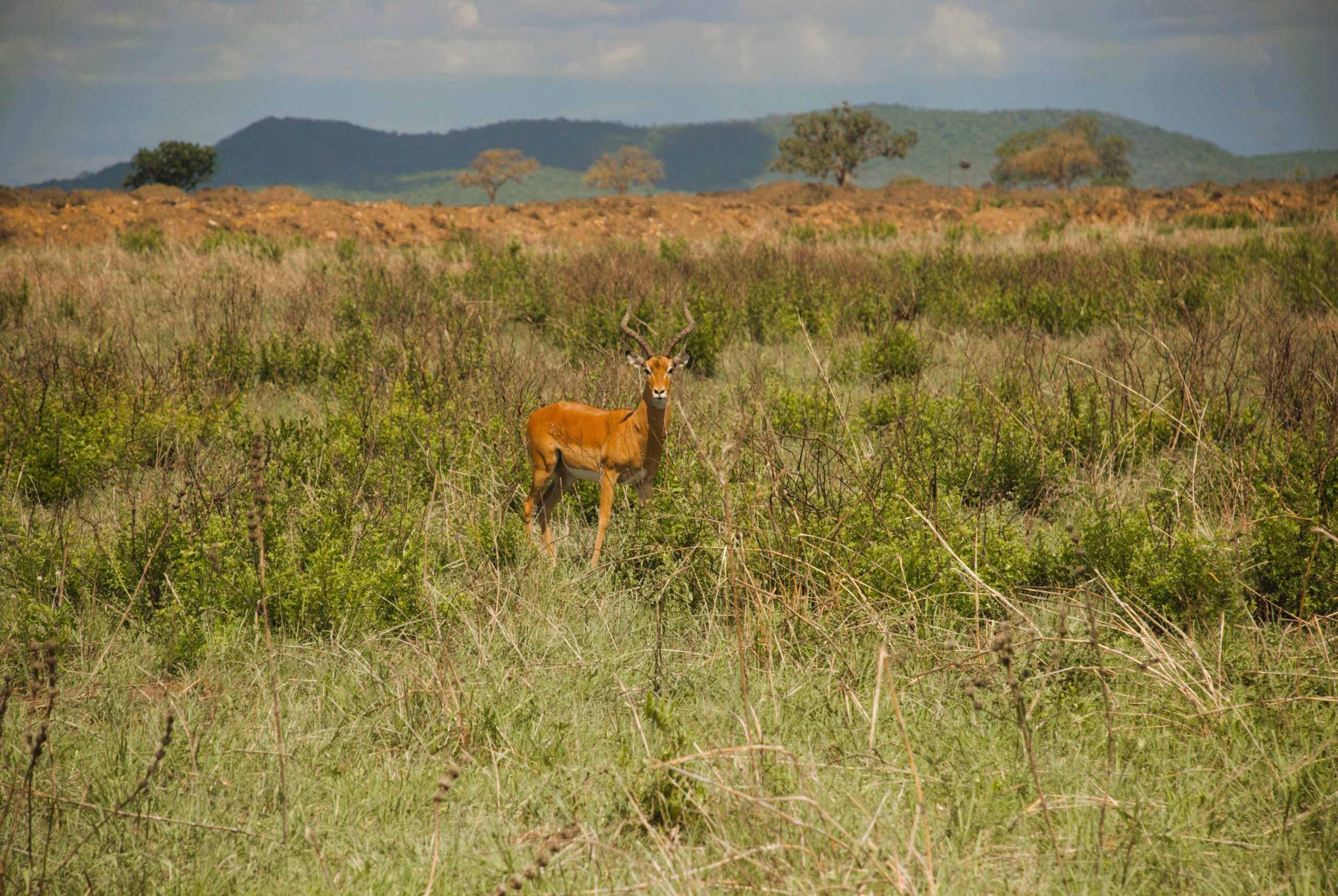Elephants are considered keystone species, meaning they play a crucial role in maintaining the balance of their ecosystems. 1 Their actions, like creating pathways, dispersing seeds, and influencing vegetation, benefit many other species. Their conservation is vital for the health of the environments they inhabit.
General Characteristics:
- Elephants are the largest living land animals on Earth.
- They are easily recognizable by their long trunk, which is a highly versatile extension of their upper lip and nose. They use it for grasping objects, gathering food and water, smelling, communicating, and even as a snorkel.
- They have large, distinctive ears that help regulate their body temperature. African elephants have larger, more angular ears resembling the continent of Africa, while Asian elephants have smaller, rounder ears.
- Both African male and female elephants have tusks, which are elongated, continuously growing incisor teeth. Some male Asian elephants have tusks, while females typically have smaller tushes or no tusks at all. Tusks are used for digging, stripping bark, defense, and in competition.
- Elephants are herbivores with a diet consisting of grasses, leaves, fruits, bark, and roots. They can eat a massive amount of food daily, sometimes hundreds of pounds, and drink large quantities of water.
- They are known for their remarkable memory, intelligence, complex social structures, and strong family bonds.
Types of Elephants:
There are three recognized species of elephants:
- African Bush Elephant (Loxodonta africana): This is the largest of all elephant species, found in the savannas and grasslands of sub-Saharan Africa.
- African Forest Elephant (Loxodonta cyclotis): Smaller than the bush elephant, with straighter tusks and rounder ears, they inhabit the dense rainforests of Central and West Africa. They were recognized as a separate species in 2000.
- Asian Elephant (Elephas maximus): Found in Southeast Asia, they are smaller than African elephants and have smaller ears. There are three subspecies: the Indian, the Sumatran, and the Sri Lankan elephant.
Conservation Status and Threats:
- Elephant populations have faced significant declines due to various threats.
- Poaching for the illegal ivory trade is a major threat, particularly to African elephants.
- Habitat loss due to human encroachment and development is a significant concern for Asian elephants.
- Human-elephant conflict arises when elephants raid crops, leading to retaliatory killings.
Conservation Efforts:
- Numerous organizations and initiatives are working to protect elephants through:
- Anti-poaching patrols and efforts to combat the illegal ivory trade.
- Establishing and managing protected areas and wildlife corridors.
- Reducing human-elephant conflict through various methods like physical barriers, deterrents, and community engagement.
- Raising awareness about the importance of elephant conservation.
- Supporting research and monitoring of elephant populations.
- Zoos play a role in conservation through education, research, and managed breeding programs.



Leave a Reply